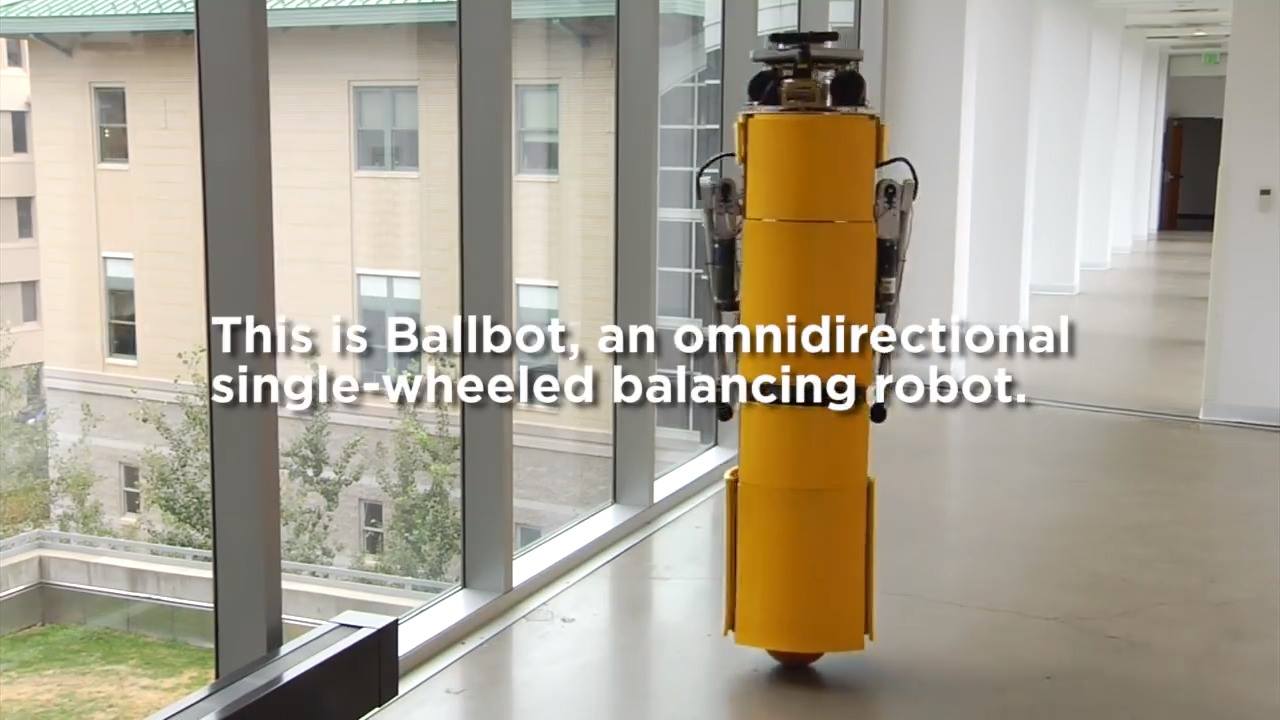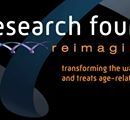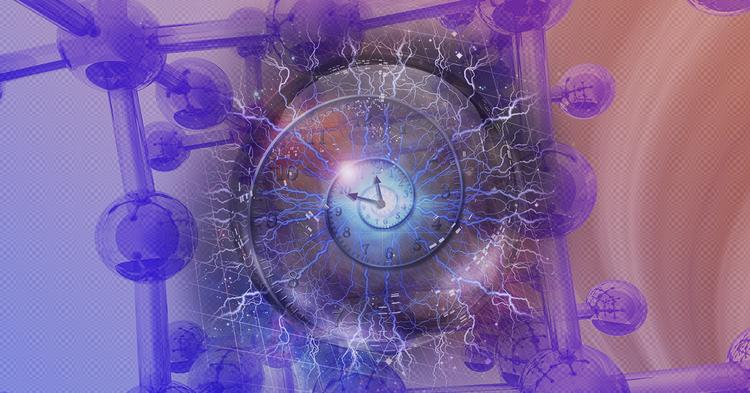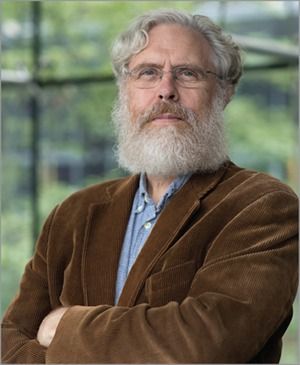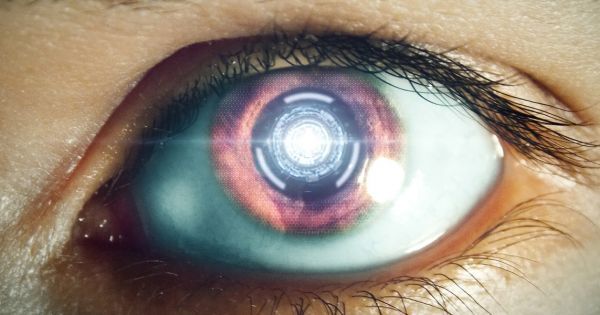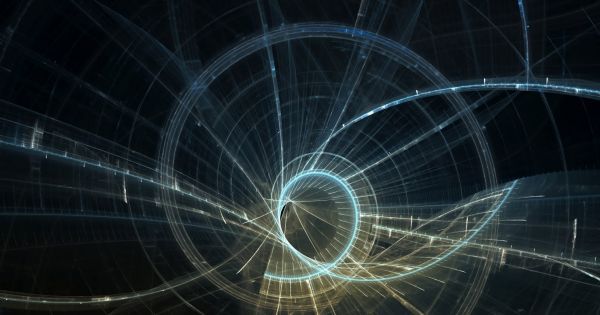Page 10291
Senescent cells once again implicated in the aging process this time in increased viral replication rates.
Kim JA, et al. Immune Netw. 2016 Oct;16:286–295. https://doi.org/10.4110/in.2016.16.5.286
Watch Vicarious founder Dileep George’s EmTech MIT talk about artificial intelligence’s next leap forward:
In September 2016, a team of researchers from the University of Maryland announced that they had experimentally confirmed the existence of time crystals. That is, crystals that break the continuity of time. Confused? Let’s break this down.
In physics, “spatial symmetry” refers to the way a feature stays the same no matter which way you observe it. If you were to walk all the way around a sphere, it would look the same at each point in your journey. That’s because it has continuous spatial symmetry. A cube, on the other hand, would look slightly different as you passed from one face to the next, but would look identical at each face. This means it “breaks” continuous spatial symmetry and instead has discrete spatial symmetry: you can only see the same thing from specific directions. That’s the essence of a crystal: it breaks continuous spatial symmetry.
Symmetry also applies to laws of physics like gravity (you’d see an apple fall the same way no matter how you were watching it) and, importantly, time. The gears on a clock, for example, move continuously at any given rate as they spin on an axis of rotation, so they have a kind of continuous temporal symmetry. Just as a crystal breaks continuous spatial symmetry, a time crystal would break continuous temporal symmetry: its “gears” spin on an axis, but only with specific rates of rotation.
Continue reading “Time Crystals Break The Continuity Of Time” »
Nov 3, 2016
Male birth control study halted due to ‘mood swings’ in participants
Posted by Aleksandar Vukovic in category: neuroscience
However, researchers halted the study when 20 men dropped out complaining of adverse side effects including depression, mood disorders, pain at injection site, muscle pain, increased libido and acne. Despite these issues, more than 75 per cent of participants said they would be willing to use this form of birth control.
The male birth control method had showed a stunning 96 per cent success rate.
Nov 3, 2016
Who really invented Iraq’s ‘Al Robot’ combat drone?
Posted by Dan Kummer in categories: drones, robotics/AI

https://youtube.com/watch?v=wn0ylHNCr0c
Iraqi militia forces debuted an unmanned ground combat vehicle this week — but was it really invented by two nameless Iraqi brothers?
Nov 3, 2016
Glucosepane Crosslinks and Routes to Cleavage (Yale University)
Posted by Steve Hill in categories: biotech/medical, life extension
This was a huge step forward for rejuvenation biotechnology earlier this year. Synthetic glucosepane can now be created on demand in the lab thanks to SENS research foundation and the work at Yale it is funding. Glucosepane is thought to be involved in hypertension and diabetes and so this research has important implications for these diseases as well as aging in general.
At Yale, we’re funding Dr. Spiegel’s essential work to characterise the molecular crosslink glucosepane, which stiffens blood vessels and skin as we age.
Nov 3, 2016
A Plan to “Write” the Human Genome
Posted by Steve Hill in categories: biotech/medical, genetics
Nov 3, 2016
New Bionic Eye That Connects to The Brain Successfully Restores a Woman’s Sight
Posted by Elmar Arunov in categories: biotech/medical, cyborgs, neuroscience, transhumanism
In Brief:
- A new visual implant from SecondSight may help restore useful sight in more than 6 million additional people who aren’t candidates for the company’s previous implant model.
- Recently, there are more options being developed to restore both hearing and sight in affected patients, such technology has the potential to improve the quality of life of countless people.
Nov 3, 2016
Scientists May Have Identified the Particles That Make Up Dark Matter
Posted by Elmar Arunov in categories: cosmology, particle physics, supercomputing
In Brief:
- Using an advanced supercomputer, scientists came up with a profile for dark matter, concluding that it may be made of axions of a specific type.
- With this new information, the race is on to be the first to prove the existence of dark matter particles.
Understanding what dark matter is has proven to be amazingly difficult. Of course, one might expect this from a thing that is, for all intents and purposes, entirely invisible. Scientists have come to the conclusion that dark matter exists by observing the way gravity behaves—either our model of gravity is in need of an update, or dark matter exists. The latter is the most likely conclusion.
